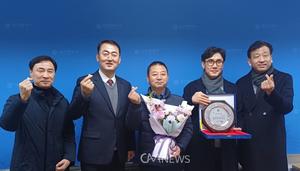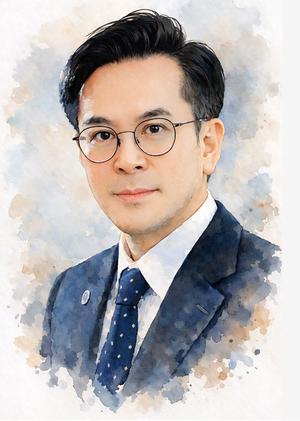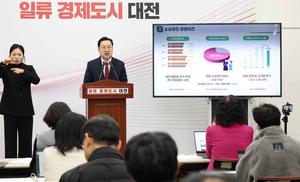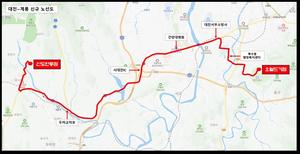- Achievements of Investigations on Manufacturing Techniques of Traditional Lime Mortar ∙ Research on Quality Improvement for On-site Application of Cultural Heritage
The National Research Institute of Cultural Heritage (NRICH, Director General, JI, Byong Mok) under the Cultural Heritage Administration (CHA) of Korea published a comprehensive report, Traditional Lime Mortar and Plaster: Restoration of Historic Building including achievements of investigations on manufacturing techniques of traditional lime mortar and research on its quality improvement.
NRICH has worked on the research project on characteristics of traditional lime mortar used for restoration of cultural heritage from 2017 to 2021. This report is made up of six chapters with the outlines of research, historical research, material research, performance research, trial application research and comprehensive considerations. The results from this 5-year research project will be applied to the maintenance and improvement of the standard specification for cultural heritage in relation to 11 construction work fields such as the bricklayers work and plastering work.
Lime mortar has been used for the foundation, filling and finish for traditional architecture as a binder and however, most of the manufacturing techniques of traditional lime mortar were disconnected during the Japanese colonial rule and modernization. Therefore, restoring manufacturing techniques of traditional lime mortar and improving its performance were urgently required.
In this research, Uigwe in 104 volumes of Oegyujanggak was investigated thoroughly for historic research, and the extensive research on material characteristics of 54 samples from historic sites such as the stone chamber tombs of the Hanseong Period of Baekje in Gamil-dong, Hanam and Yeojang of Namhansanseong Fortress was carried out.
Furthermore, the optimum mixing condition was suggested according to the type and quality of lime mortar for restoration of cultural heritage, and the evaluation result of durability was acquired through tests of curing environments as well as freezing and thawing. In particular, the empirical research was conducted through the trial application to Changdeokgung Palace and Namhansanseong Fortress, taking account of improvement in standard specification for cultural heritage.
* Freezing and Thawing: A phenomenon showing that moisture in soil or construction materials is frozen and melted
Meanwhile, as for Jukmi and Beopyu which have been additives of traditional lime mortar used in Joseon Dynasty and however disconnected techniques at the present time, those techniques were reproduced through experiments which confirmed that Beopyu has the waterproof function inhibiting breakage of lime mortar.
* Jukmi: Additive to join lime mortar with rice used for cooking porridge
* Beopyu: Additive to join lime mortar or to apply on it with perilla oil
This publication, Traditional Lime Mortar and Plaster: Restoration of Historic Building suggested research results applicable to the working level for restoration sites of cultural heritage, and those results will be actively reflected to improvement in quality of construction work of cultural heritage and relevant policies to ensure appropriateness of the standard estimate for cultural heritage.
This original text was uploaded on the homepage of CHA (www.cha.go.kr) and the homepage of research publications (https://portal.nrich.go.kr) under NRICH, and www to people who are interested in this publication for easy access.
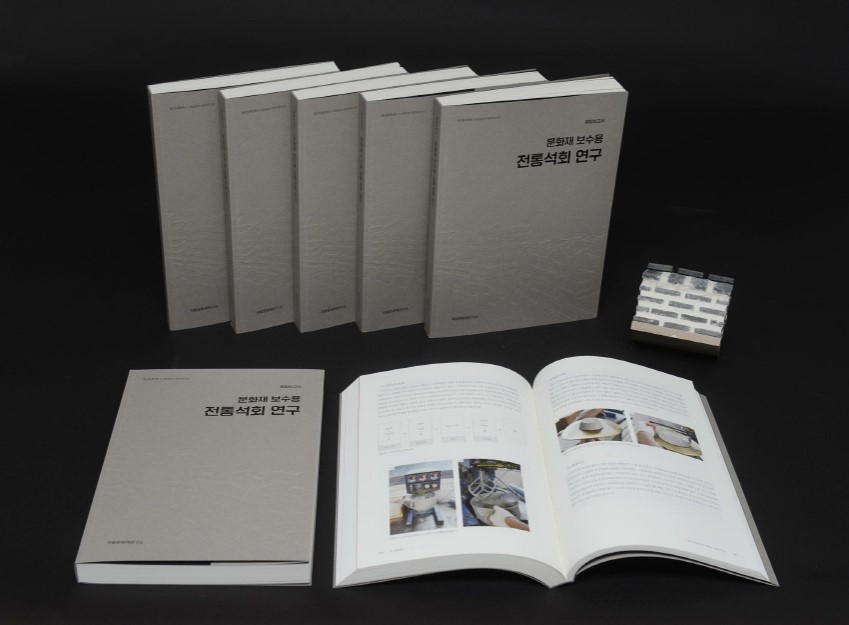 |
| <Report on Traditional Calcification for Repairing Cultural Properties> |
김문교 대표기자 cambroadcast@naver.com

